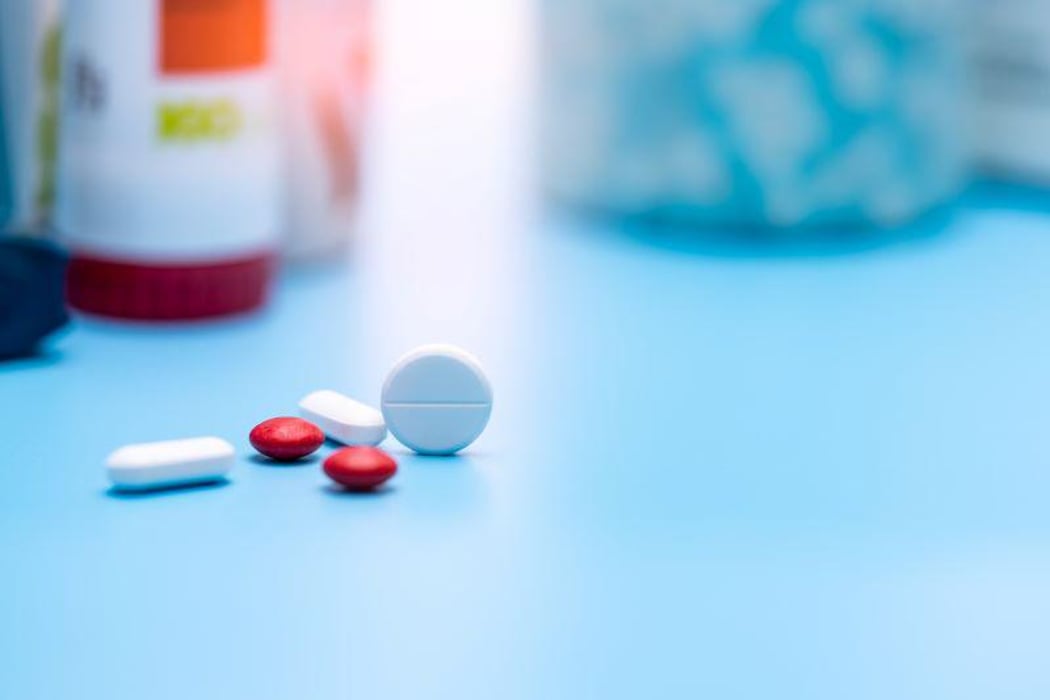One in 10 Pain Meds Make It Through Development Process

FRIDAY, June 24, 2022 (HealthDay News) -- Only one in 10 potential new pain medications make it fully through the drug development process, according to a study published in the June issue of Anesthesiology.
Dermot P. Maher, M.D., from the Johns Hopkins University School of Medicine in Baltimore, and colleagues assessed the probability of successful development and duration of clinical trials for medications to treat neuropathic and nociceptive pain. The analysis used data from the Citeline database (Jan. 1, 2000, to June 30, 2020).
The researchers found that the overall probability of successful development of all pain medications from phase 1 to approval is 10.4 percent. For nociceptive and neuropathic pain treatment, the probability of successful development is 13.3 and 7.1 percent, respectively. For medications with high abuse potential and low abuse potential, the probability of successful development is 27.8 and 4.7 percent, respectively. Between phase 3 and approval is the most common period for attrition. It took an average of 30 months for development of pain medications in large phase 3 safety and efficacy trials.
"The National Institutes of Health and other research sponsors must allocate funding toward the development of safer analgesics and nonpharmacologic pain management strategies," write the authors of an accompanying editorial.
One author disclosed financial ties to the biomedical, pharmaceutical, and health care analytics industries.
Related Posts
Study Finds Delta Somewhat Resistant to Vaccines — What About Omicron?
FRIDAY, Dec. 3, 2021 (HealthDay News) -- Lab studies show that the mutations...
FDA Warns of Animal Tranquilizer in Illicit Drugs
WEDNESDAY, Nov. 9, 2022 (HealthDay News) -- The U.S. Food and Drug...
Isolation May Raise Odds for Dementia, Brain Study Suggests
THURSDAY, June 9, 2022 (HealthDay News) -- Staying connected to others may help...
Attention Deficit/Hyperactivity Disorder, Ages 6 to 12
What is attention deficit/hyperactivity disorder?ADHD (commonly known as ADD) is...
